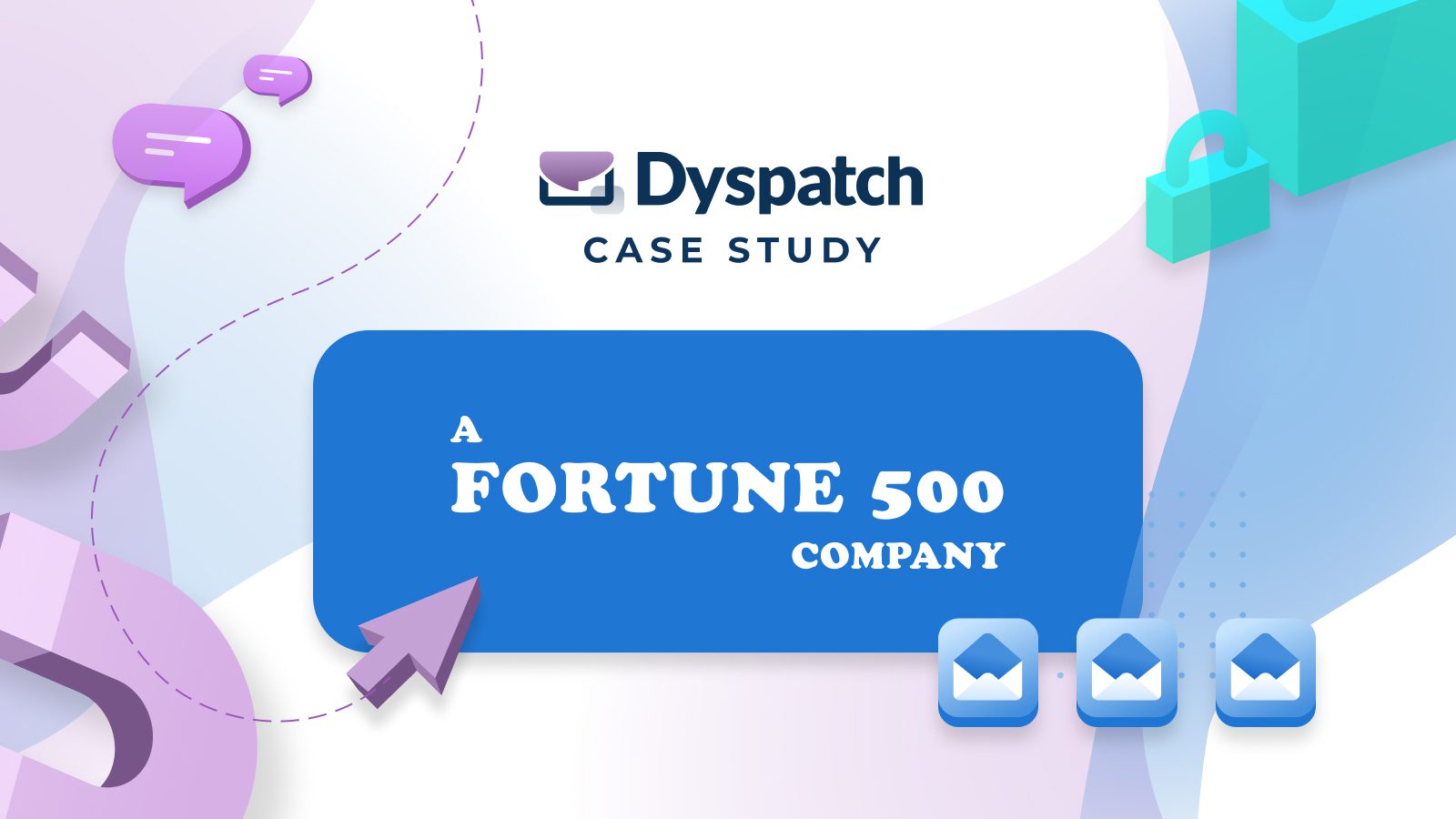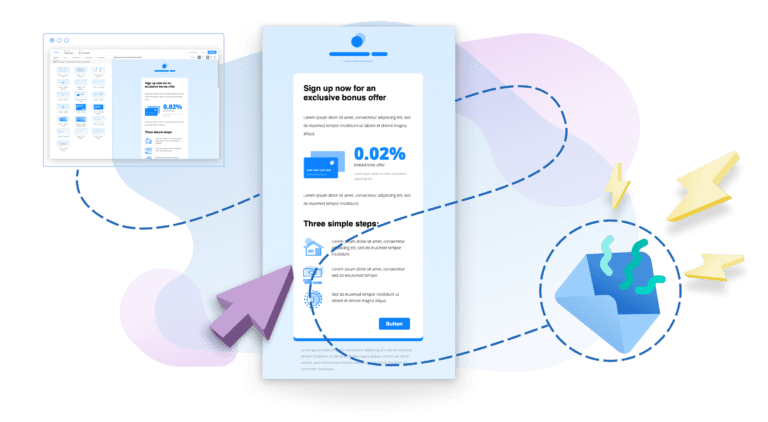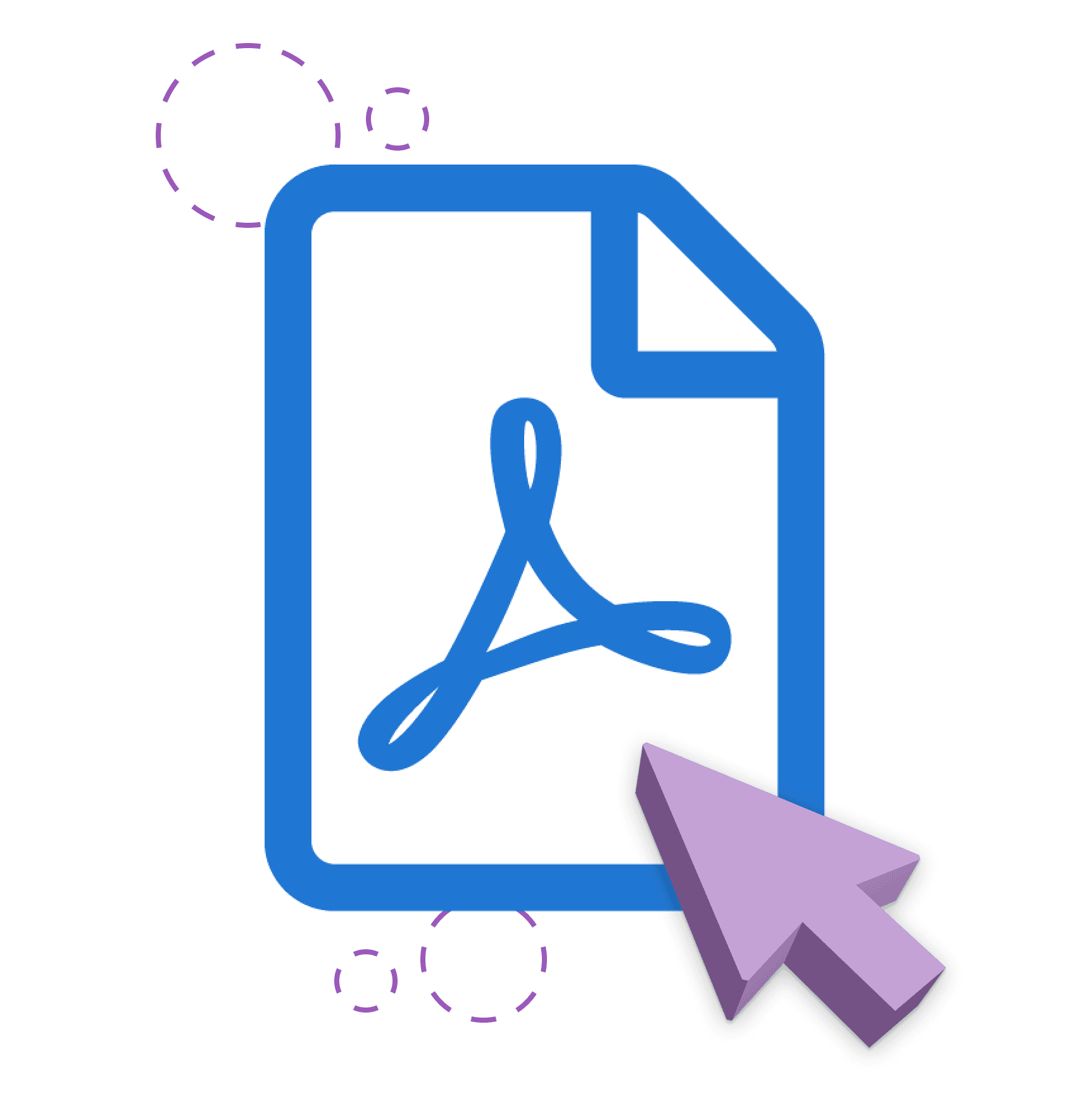How a Fortune 500 company improved time to market on email localizations by 250%
250%
faster time to
market on campaigns
33%
fewer steps in
their email workflow
127+
127+ unique locales
supported
Executive summary
With dozens of teams around the world, a single email campaign used to take this Fortune 500 company two to three months to deploy.
The culprit for this snail’s speed? Overly complex processes. Specifically, their localization workflow involved too many steps and stakeholders — a situation that led to inconsistencies in everything from branding to legal compliance.
With Dyspatch, they were able to centralize, simplify, and speed up their processes. It now takes 17 days for the company to publish a localized template, from design and translation to testing and review. In many cases, emails go out in just a few days.
Better still, they’re able to maintain this speed, while expanding globally. They now support over 127 locales worldwide. Dyspatch’s localization capabilities help them cut costs with reusable content, and most importantly, ensure quality and a positive customer experience.
The bottom line? Time to market and costs are down, quality is up, and their email program is all set for scale.
(Ready to explore more Dyspatch case studies? View them all here.)
The challenge
Despite having all the resources a company could wish for, time to market on email was slow. Way too slow.
Part of the problem? Siloed teams. Working in isolation, different teams had developed a variety of complicated (read: slow) email creation processes. What’s more, non-technical content creators were often reliant on busy developers to make changes.
The other part of the problem? Every expansion of the business into a newly localized market slowed the process even further. After all, they had to create new versions of all their email templates to serve that locale.
With their existing localization process, this was a challenge. Every time they updated a transactional email template, they were resending content for translation — even if that content was reused in every email, like a legal footer.
Needless to say, these long, convoluted processes created challenges: Redundant costs, inconsistent content, and lack of visibility, to name a few.
Here’s what their workflow looked like before implementing a scalable solution (so many steps!):
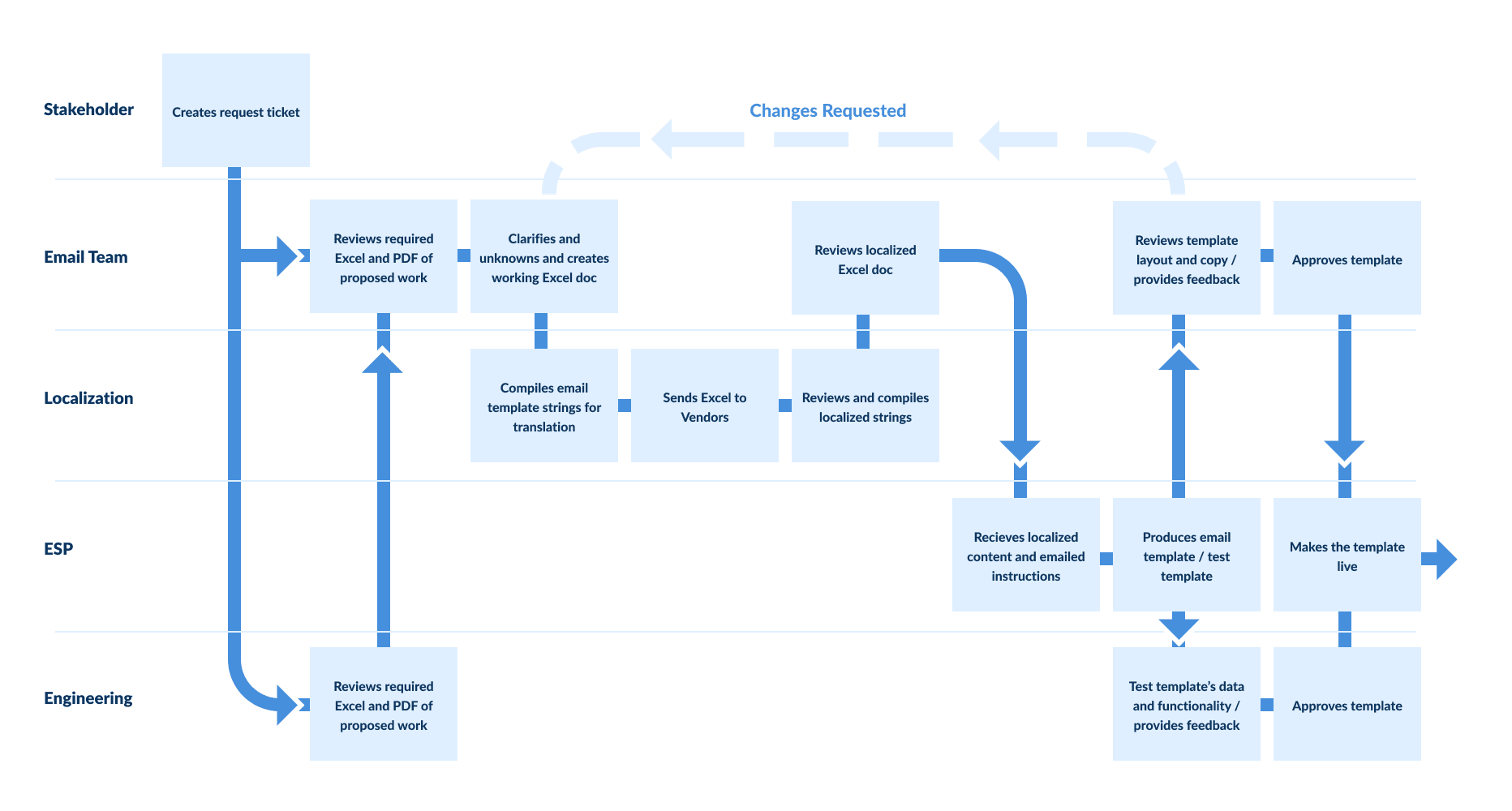
The Dyspatch solution
With Dyspatch, the company was able to centralize their email creation and management. In other words, no more silos.
All their email templates are managed in one, fully transparent place: Dyspatch. Within the platform, each team has a workspace where their templates and associated localizations are organized. The result? Unprecedented visibility.
For such a large organization, this drastically simplifies administration. Think regulatory compliance, internal governance, and reputation management. Sure, compliance isn’t the most exciting result… but it’s crucial for a F500 leader to adhere to all international standards.
Now, let’s talk about the actual email creation process. Dyspatch puts the power back in the hands of the company’s email teams. Thanks to a no-code, modular email design system, they can revise their own templates and create new ones, without pulling in a developer or designer.
And the localization process? Dramatically improved. The company isn’t wasting time and money re-creating and re-translating every last bit of content anymore. Instead, they can duplicate high-performing templates, reuse approved content blocks across campaigns, and even send a single block for translation — instead of a whole template.
In terms of the approval process, stakeholder alignment happens right in Dyspatch. Built-in approval workflows ensure every team involved in the email production process — from design to legal to internationalization — is able to weigh in at the right time, in the right place. And with annotated comments, teams can have in-context conversations about templates.
Once approved, templates are locked against further changes. This is another win for quality control. It also means team members need to be deliberate about making additional changes (and racking up translation costs).
All told, Dyspatch saves the company weeks, even months, of turnaround time. Here’s what their workflow looks like today — 10 simple, streamlined steps:
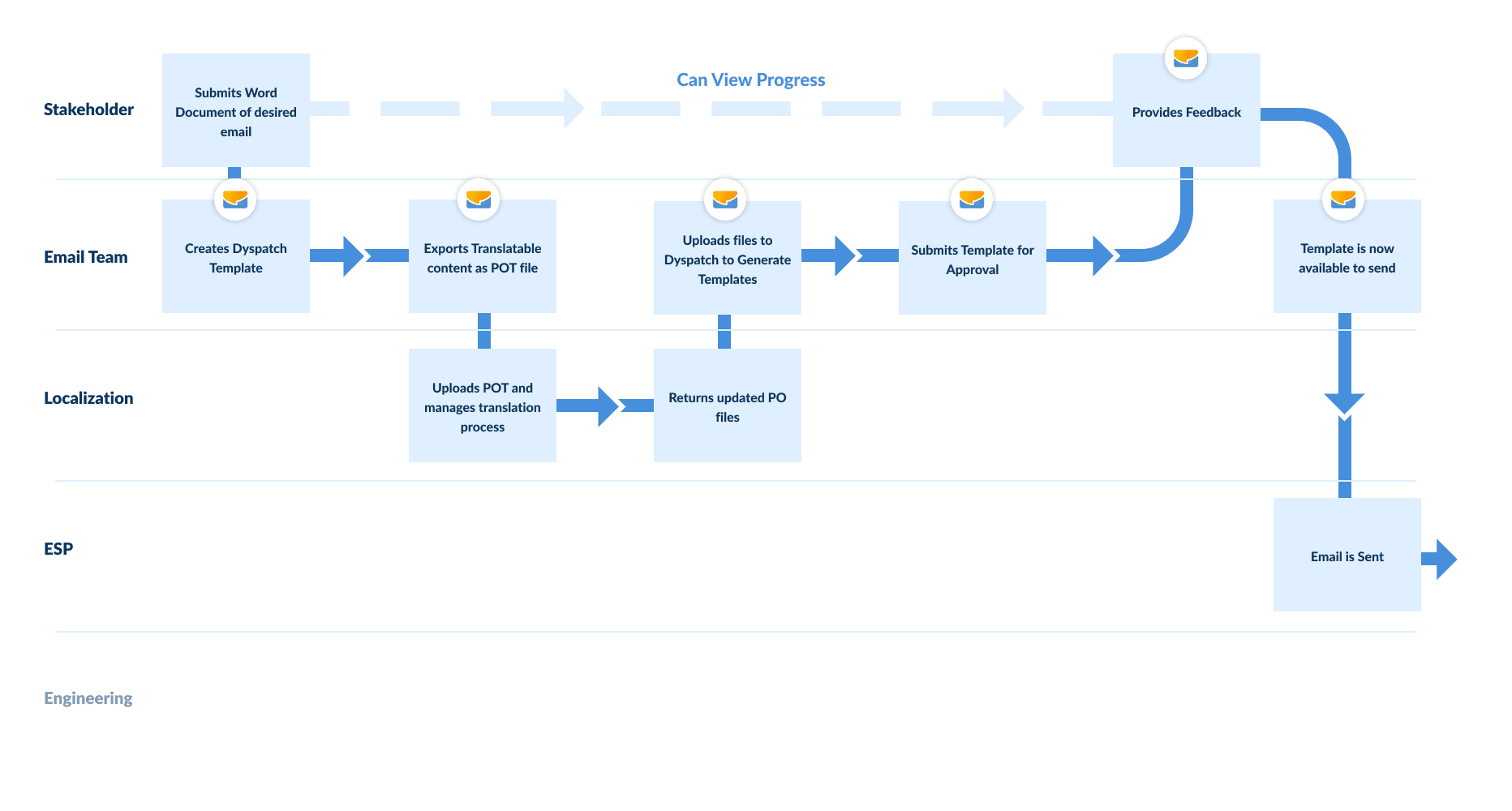
The results
Pre-Dyspatch:
2 to 3 months
Post-Dyspatch:
17 days
Pre-Dyspatch:
15 steps
Post-Dyspatch:
10 steps
The results speak for themselves. The company went from spending months creating a single email template, to weeks, and in some cases days. That’s an improvement of 250% on time to market.
By streamlining their email creation and localization workflow, Dyspatch plays an integral part in the company’s global expansion strategy and ultimate success.
What’s next
With Dyspatch’s capacity for scale, the company is just getting started.
Now that their email workflow is efficient, they can focus on improving customer engagement, driving growth, and increasing ROI. All the time they save, they can use to test and optimize emails — on a scale and at a pace that wasn’t previously possible.
So what’s next? Dyspatch continues to support their expansion into new markets and locales. The platform also unlocks the ability to experiment with new techniques and technologies, like interactivity, so this F500 company can keep leading the way into the future.
About this company
A global technology corporation with tens of thousands of employees worldwide and an annual revenue of $11 billion.
Industry
Consumer electronics
Company size
100K+ employees
Email team size
Dozens of teams
Dyspatch product
No-code email builder
Start growing with Dyspatch
Streamline your email workflow and get better results.
Get a demo
Related Case Studies
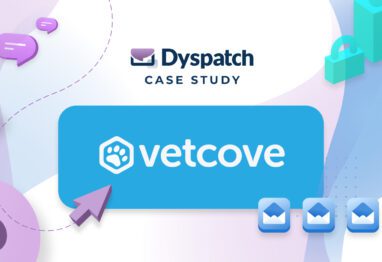
Vetcove Case Study – Leveling up from plain text to responsive HTML emails — is it worth it?
Leveling up from plain text to responsive HTML emails -- is it worth it? Increase intesting overhead Transactional andmarketing … Read now about Vetcove Case Study – Leveling up from plain text to responsive HTML emails — is it worth it?
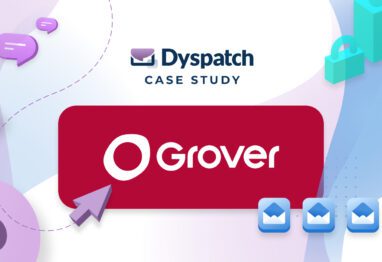
How Grover sped up email creation by 92% with Dyspatch
How Grover sped up email creation by 92% with Dyspatch faster email creation and localization less time spent fixing broken emails … Read now about How Grover sped up email creation by 92% with Dyspatch
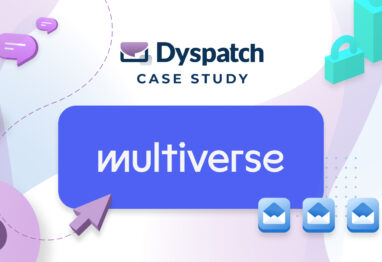
Scaling Cross-Channel Communications: The Multiverse Success Story
Scaling Cross-Channel Communications: The Multiverse Success Story Executive intro | The challenge | Implementation | Key results | What’s … Read now about Scaling Cross-Channel Communications: The Multiverse Success Story
